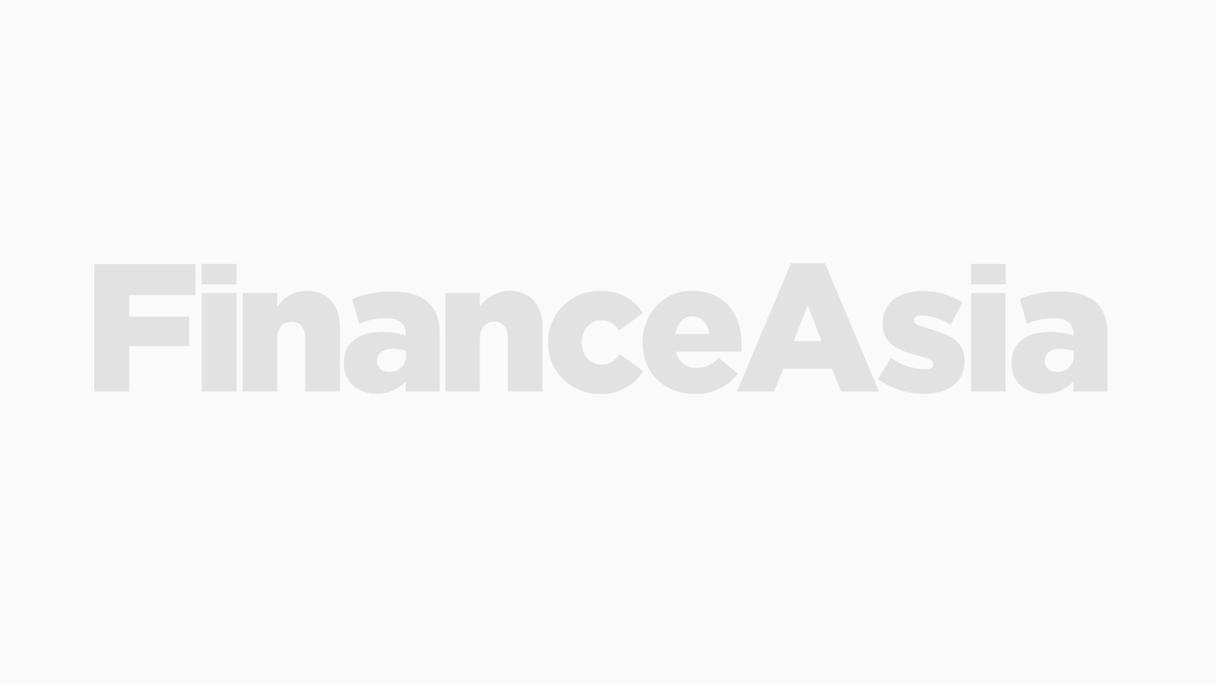Volumes over the course of the year have been very healthy with the Asia-Pacific region showing an increase of around 35% in the first nine months of the year. I expect we will close 2006 about 30% higher than last year.
How do you expect transactions to play out across geographies?
In Korea, creditor sales will continue to drive activity with assets like Hyundai Engineering and Daewoo Shipbuilding rumoured to be next in line. Activity in China will continue to be dominated by inbound M&A and domestic consolidation in certain sectors; outbound M&A could be limited by the small number of companies which currently have the management depth and wherewithal to pursue and integrate such deals. In mature markets such as Hong Kong and Singapore, M&A transactions will continue to be announced and will be easy to close because the road maps are clearly defined. In Taiwan, attractive valuations and the availability of cost-effective financing is likely to spur transactions, particularly involving financial sponsors. In India, inbound M&A may be constrained by regulations for example, delisting is procedurally difficult and 100% ownership is a pre-requisite for some types of financing. Over the course of the last year outbound M&A from India has increased and I expect this to continue.
What sectors do you expect to dominate?
The banking sector is ripe for consolidation and we expect to see transactions across the region. Taiwan is a great example of a market with too many banks, suggesting a wave of merger activity could be imminent. In the oil and gas sector, Chinese companies will continue to make large cross-border acquisitions. Telecom consolidation will continue to play out in several markets.
Stockmarkets in the region are trading at high PE multiples. How does this impact transactions?
On balance IÆd say it has a neutral to positive impact. As stock markets go up corporate confidence increases as does the ability of acquirers to use shares as currency. However, in some select cases like India where there are a number of listed companies, this could also push up the expectations of sellers who benchmark themselves against expensive listed comparables.
Do you believe risk perceptions reflected in the cost of capital of investing in Asia have changed over the recent past?
Most of the acquisitions have been intra-Asia and Asian companies are obviously much more comfortable with the operating environment. In Korea specifically the most aggressive bidders were local, which perhaps reflects the appetite and confidence of Korean companies to close deals. IÆd say for Asian companies the political and local environment risks seem more manageable and this is driving M&A activity.
What are the trends in financing M&A transactions?
Asian banks are currently offering attractive terms and are flush with funds. We have not seen too many companies having to go westwards to finance their M&A deals.
What are your predictions for transaction structures going forward?
I believe more financial sponsored transactions will be witnessed. To date few financial sponsor buyouts greater than $500 million have closed outside of Australia, though financial sponsors have been bidders in various situations. Management buy-outs (MBOs) have also not yet gained currency. After a few MBOs close these will acquire a life of their own.
What are key differences in approach between financial sponsors and strategic buyers?
Financial sponsors approach a transaction with a completely clean slate. They have few preconceived notions of what is or isn't possible. Further they have no concerns like the impact on share price or credit rating on an existing balance sheet to factor in. This also makes them more aggressive in the leverage they are willing to take on. However, holding horizons and IRR thresholds are often in favour of strategic buyers.
¬ Haymarket Media Limited. All rights reserved.



